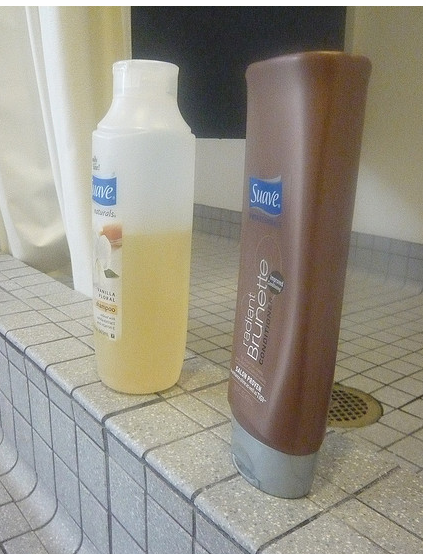Pennsylvania ewaste recycling law takes effect
 Wednesday, January 26, 2011 at 01:57PM
Wednesday, January 26, 2011 at 01:57PM 
Improper ewaste recycling leads to the contamination of air, soil, and even the materials supply chain.
...A Pennsylvania law that takes effect today is expected to spawn many more drop-off sites for electronic waste — dubbed "e-waste" — and make sure that TV and computer makers who sell those devices in the state adopt plans to recycle as much as they sell.
"The end result is that by January 2013, these items will not be going into landfills anymore," said John Repetz, spokesman for the state Department of Environmental Protection.
The agency is charged with enforcing the "Covered Devices Recycling Act," signed Nov. 23 by then-Gov. Ed Rendell. Pennsylvania joins 23 other states that have adopted similar laws to ensure the proper disposal of e-waste that contains hazardous materials.
For example, a typical TV or computer monitor contains 5 to 7 pounds of lead. Lead is known to cause brain damage in children and cancer. Mercury, which can cause birth defects, is found in batteries and liquid crystal display (LCD) screens. Monitors and other computer equipment contain carcinogens, such as cadmium and beryllium.
About 2 percent of the material dumped in Pennsylvania landfills is e-waste, said Steve Stroman, policy director of PennFuture, an environmental group in Harrisburg. But 50 percent to 60 percent of the toxic materials going into landfills comes from e-waste.
Equally worrisome is that instead of being properly recycled, TVs and computers sometimes get exported to developing countries where workers are exposed to toxic chemicals from trying to extract precious metals from the devices, said Stroman, who helped push for the e-waste law...
Come January 2012, retailers in Pennsylvania will be prohibited from selling any TV or computer whose manufacturer has not put a recycling plan in place. The law requires manufacturers that want to sell in Pennsylvania to develop plans by then to recycle those devices, either through retailers, home pick-up, mail-in or municipal or community-group collections...
..."Recycling is going to be a growth industry that will create hundreds of jobs in Pennsylvania," Eldridge said. He expects eLoop to create 60 to 70 jobs in the next five years...












